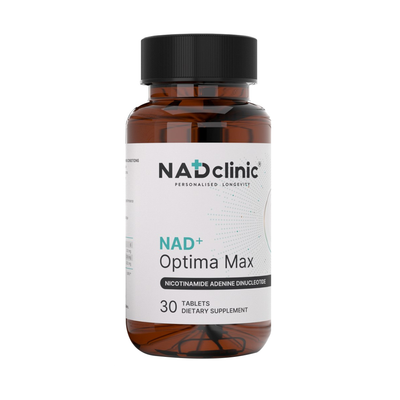We know that NAD+ levels in our body naturally decline as we age. By age 40, levels of NAD+ have declined by 50% and this increases to 80% by age 60. NAD+ is intrinsically linked to the ageing process and our cellular health. But why do our NAD+ levels decline like this as we age?
NAD+ declines with age because it is destroyed
Research has shown that over time, NAD+ is actively destroyed by the enzyme CD38. CD38 is a membrane-bound NADase that hydrolyzes NAD+ to nicotinamide and (cyclic-)ADP-ribose. It’s associated with immune responses and energy metabolism, but it’s also a NADase whose levels rise with ageing, with a corresponding increase in NADase activity and a decrease of NAD+. Put plainly, CD38 requires NAD+ to function and while active, it binds and consumes specific parts of the molecule.The mechanisms of ageing also contribute to NAD+ decline
Additionally, the common mechanisms of ageing, including oxidative stress, decline in mitochondria production and gene expression, DNA function, and healthy inflammation responses, all lead to NAD+ decline.Salvage pathway vs. de novo pathway
To produce NAD+, two main pathways are involved. The first is called the de novo pathway, which uses the essential amino acid L-tryptophan. De novo pathways require precursors that can only be obtained from the diet. The second is called the salvage pathway, which uses the molecules NA, NAM, NMN and NR. The main source of NAD+ production is this salvage pathway but unfortunately, this pathway appears to be disrupted with age, possibly due to a reduction in NAMPT, an enzyme that inhibits the salvage pathway.Consequences of low NAD+
Because NAD+ is so intrinsic to a variety of vital internal functions on a cellular level. The consequences of low NAD+ levels can be quite far reaching and can include:- Premature ageing
- Skin damage
- Immune system issues
- Increased stress and anxiety
- Excess fatigue
- Weight gain
- Brain fog and lack of mental clarity
- Low concentration levels
NAD+ supplementation
It’s clear then that to maintain adequate levels of NAD+ as we age, continued NAD+ supplement is vital. The most cost-effective and efficient way to introduce more NAD+ to your body is by taking pure NAD+ supplements. Our Optima Max 100 supplement has been formulated by our research & development team, based on the same formulation as NADclinic’s pioneering NAD+ IV protocol. This supplement is made from 100% NAD+, the highest purity and potency of all non-prescription NAD+ supplements available. Simply take two tablets every morning, with or without food, to see the benefits of Optima Max and increase your NAD+ levels.
Share
Featured products
Discover our most popular items

NAD+ Levels Test Kit
£199.00
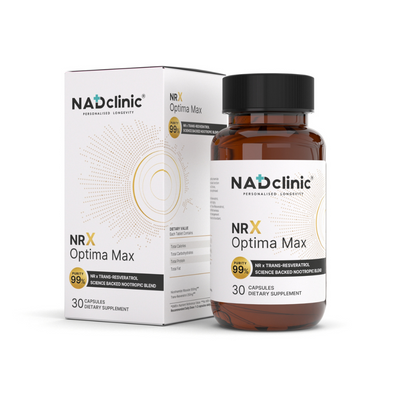
NRx Optima Max
£66.99
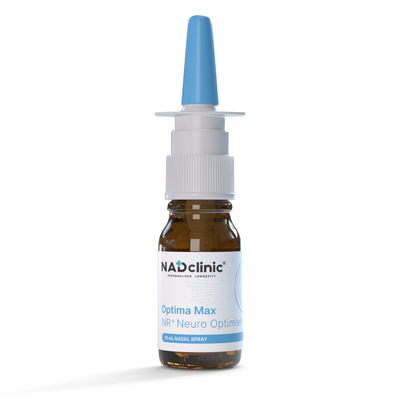
Optima Max - NR Nasal Spray
£34.99
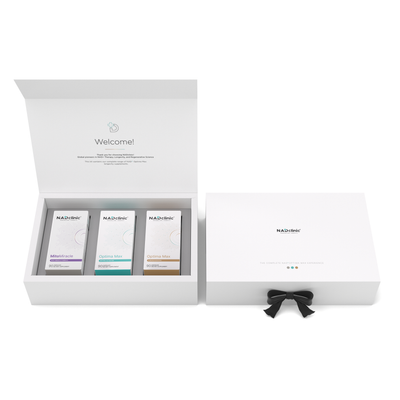
Optima Max - Gift Box Set
£264.99
Read more
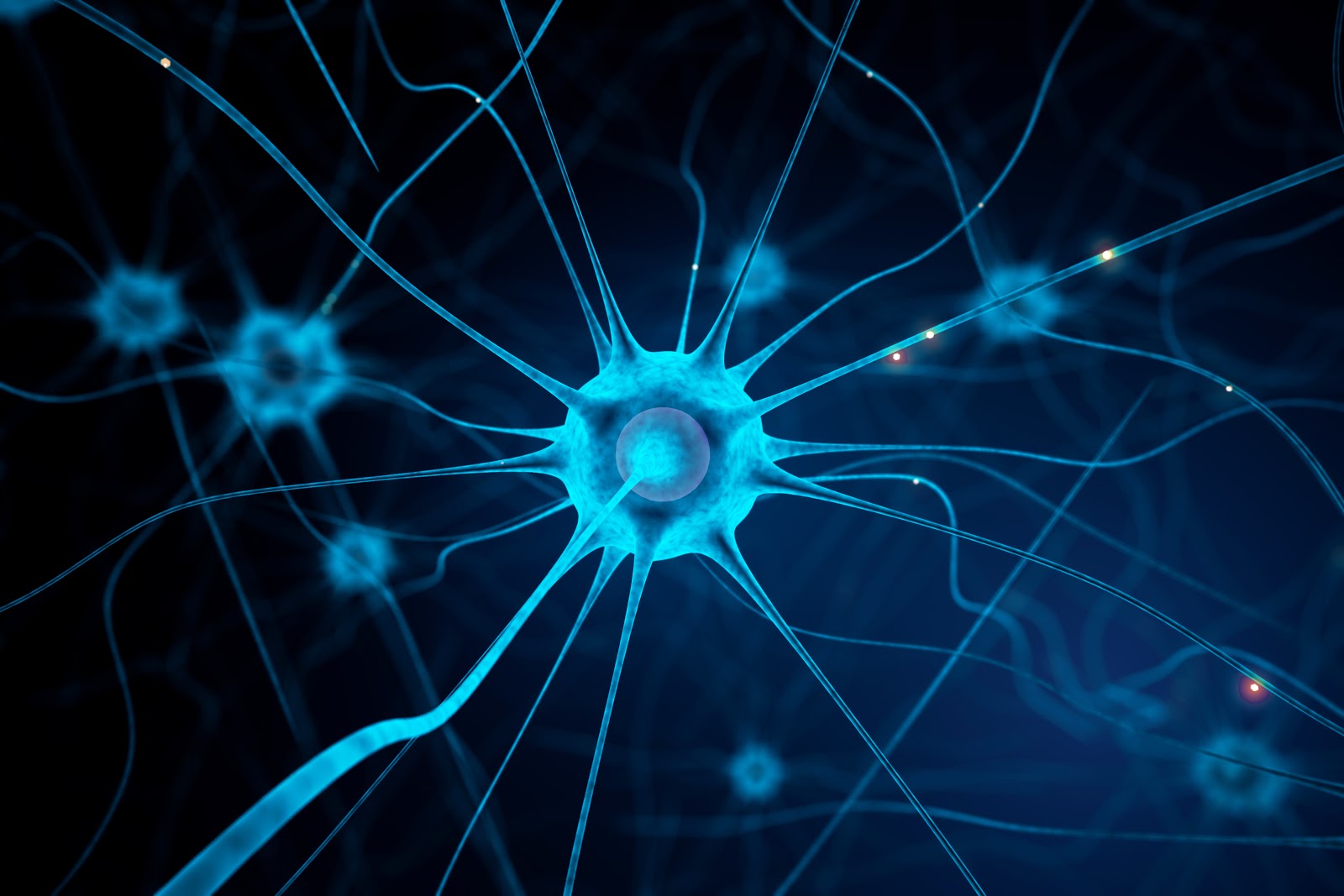
What are NMN & NR?
You may have heard the terms NMN and NR in relation to NAD+, but you might not know what they are specifically. NMN and NR are precursors to NAD+, meaning they become NAD+ through a series of chemi...
READ MORE HERE
Who can benefit from NAD+ supplements?
Our daily oral NAD+ supplements provide a whole range of benefits; from increasing energy levels and helping improve brain function, to easing symptoms of stress and boosting the immune system. But...
READ MORE HERE
